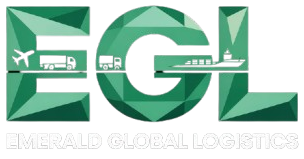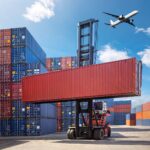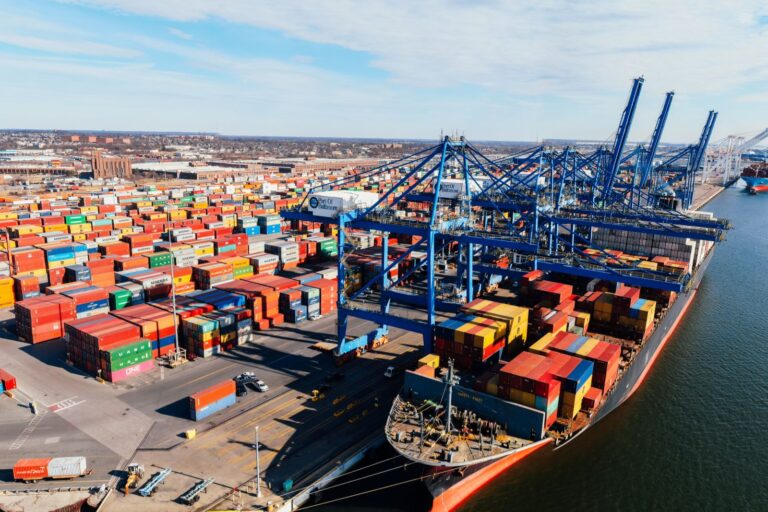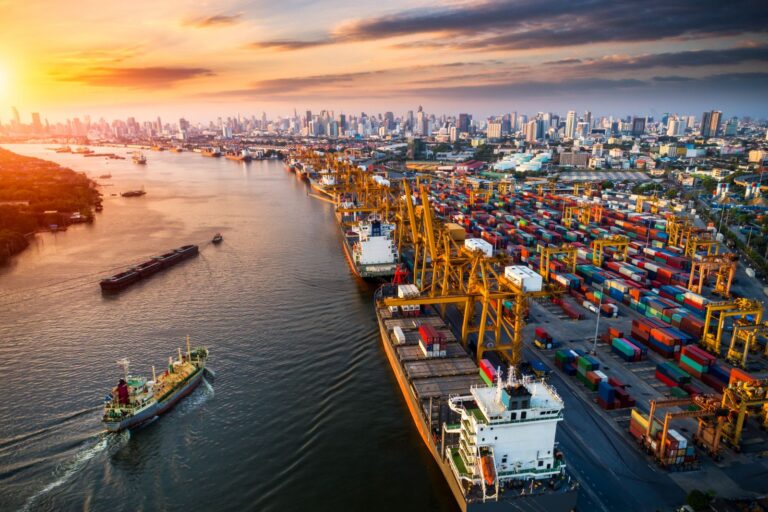Navigating international trade can be complex. Companies must comply with import and export regulations to avoid fines, shipment delays, or legal issues. From customs laws to trade agreements, understanding compliance is crucial for smooth cross-border operations.
This Import Export Compliance Guide provides a clear roadmap for businesses in Australia and worldwide. It covers essential regulations, required documentation, and best practices for legal and efficient trade. At EGL – Emerald Global Logistics, we specialise in helping businesses navigate the complexities of import-export compliance, ensuring shipments reach their destination safely and on time.
Whether you’re a small business entering international markets or an experienced exporter seeking to optimise operations, this guide is designed to make compliance straightforward and actionable.
Why Import Export Compliance Matters
Ensuring compliance in trade operations provides several advantages:
- Legal Protection: Avoid fines, penalties, and legal complications.
- Smooth Customs Clearance: Minimise delays at borders and ports.
- Financial Security: Complying with regulations protects against cargo seizure.
- Reputation Management: Maintain credibility with international partners.
Non-compliance can result in severe consequences, making a structured compliance approach essential for any business.
Key Elements of Import Export Compliance
1. Understanding Regulatory Requirements
- Customs Laws: Adhere to import/export rules set by the Australian Border Force (ABF).
- Trade Agreements: Leverage agreements like CPTPP or AUSFTA for tariff benefits.
- Restricted Goods: Identify controlled or prohibited items to avoid legal issues.
2. Essential Documentation
A comprehensive compliance process relies on accurate paperwork:
- Commercial Invoice: Details goods, value, and buyer/seller information.
- Packing List: Lists contents, quantities, and dimensions for customs inspection.
- Bill of Lading: Confirms receipt and shipment terms.
- Certificates of Origin: Verifies manufacturing country for tariff purposes.
- Import/Export Licenses: Required for restricted products.
- Insurance Certificates: Protect against loss or damage in transit.
At EGL, we assist clients in ensuring all documents are correct, complete, and compliant with international standards.
3. Customs Compliance
- Tariff Classification: Correctly identify HS codes for all goods.
- Valuation of Goods: Ensure accurate declaration of product value.
- Duty & Tax Payments: Pay applicable duties, GST, or excise taxes.
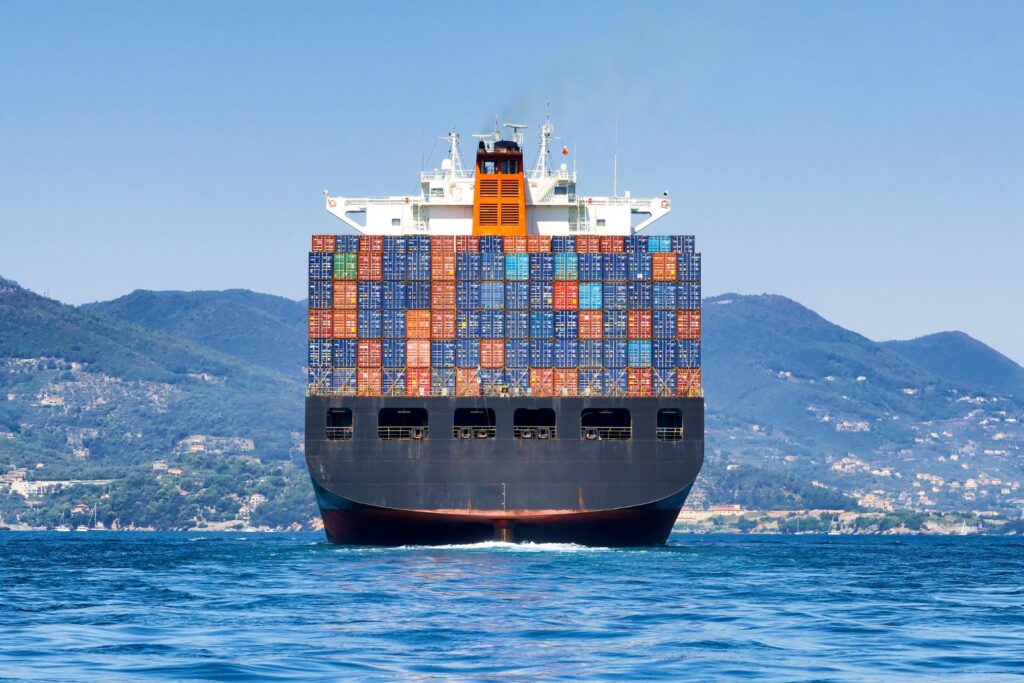
Step-by-Step Guide to Ensuring Compliance
- Classify Your Goods: Identify HS codes and restrictions.
- Verify Licensing Requirements: Obtain import/export permits if needed.
- Prepare Accurate Documentation: Ensure invoices, packing lists, and bills of lading are correct.
- Submit to Authorities: Provide documents to customs, banks, and carriers.
- Maintain Records: Keep copies for audits and future reference.
- Monitor Regulations: Stay updated on changes to international trade rules.
Following these steps reduces the risk of non-compliance and ensures timely delivery.
Tips & Best Practices
- Use Digital Platforms: Streamline submissions and reduce errors.
- Engage Experienced Brokers: Utilize services from providers like EGL.
- Regular Staff Training: Keep your team updated on compliance standards.
- Audit Internal Processes: Identify gaps in documentation and procedures.
- Plan for Contingencies: Prepare for unexpected customs delays or inspections.
Common Compliance Mistakes to Avoid
- Misclassifying goods or HS codes.
- Under- or over-declaring shipment value.
- Missing or incorrect documentation.
- Ignoring licensing or permit requirements.
- Failing to monitor changes in trade regulations.
Avoiding these mistakes ensures smoother international transactions and protects your business reputation.
Use Cases & Examples
- Electronics Export: Requires accurate invoices, packing lists, B/L, and export licenses.
- Agricultural Imports: Needs phytosanitary certificates, B/L, and customs approvals.
- Industrial Machinery: Requires detailed packing lists, insurance certificates, and compliance with safety regulations.
At EGL – Emerald Global Logistics, we tailor compliance solutions for each shipment, helping Australian businesses operate internationally without complications.
Costs & Considerations
- Accurate compliance reduces demurrage fees and potential fines.
- Expert assistance may incur service fees but prevents costly delays.
- Planning ahead saves time, money, and operational headaches.
FAQs: Import Export Compliance Guide
1. What is import export compliance?
- It’s the process of adhering to international trade regulations and documentation requirements.
2. Why is it important?
- Ensures legal compliance, smooth customs clearance, and protects financial interests.
3. Who handles compliance?
- Shippers, customs brokers, or logistics providers like EGL.
4. What documents are essential?
- Commercial invoice, packing list, bill of lading, licenses, and insurance certificates.
5. Can non-compliance cause shipment delays?
- Yes, missing or incorrect documentation can result in fines or cargo holds.
Conclusion
A robust import export compliance strategy is critical for businesses engaging in international trade. Accurate documentation, adherence to customs regulations, and ongoing monitoring of trade rules are essential to prevent delays, fines, and operational disruptions.
At EGL – Emerald Global Logistics, we provide tailored solutions for Australian businesses, ensuring every shipment meets compliance standards.
If you’re ready to simplify your international trade operations and ensure complete compliance, contact EGL today for expert guidance.
